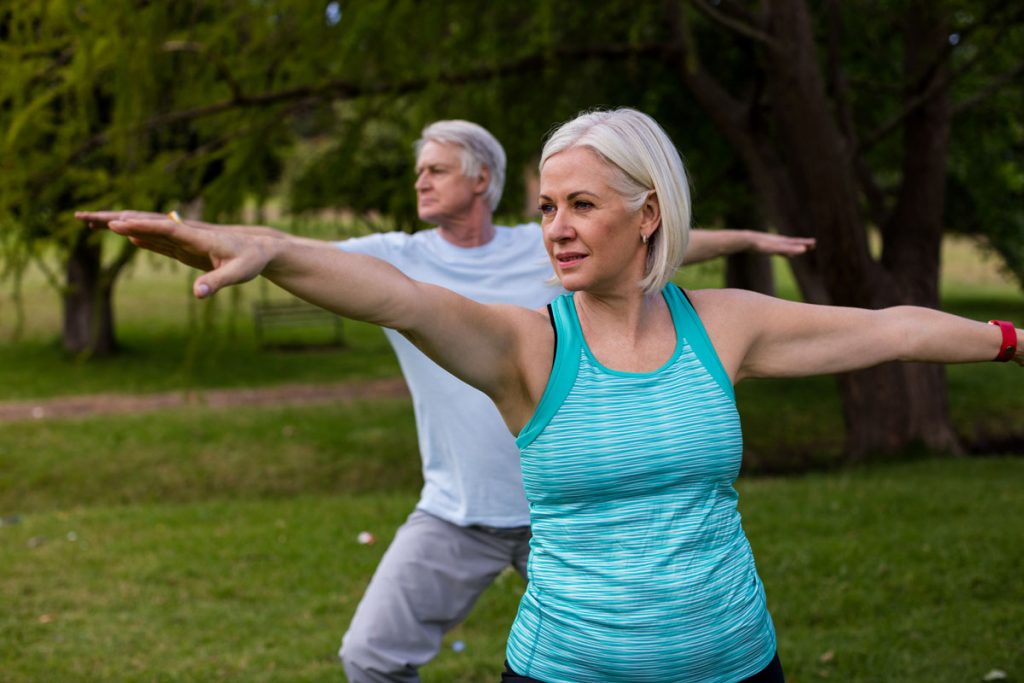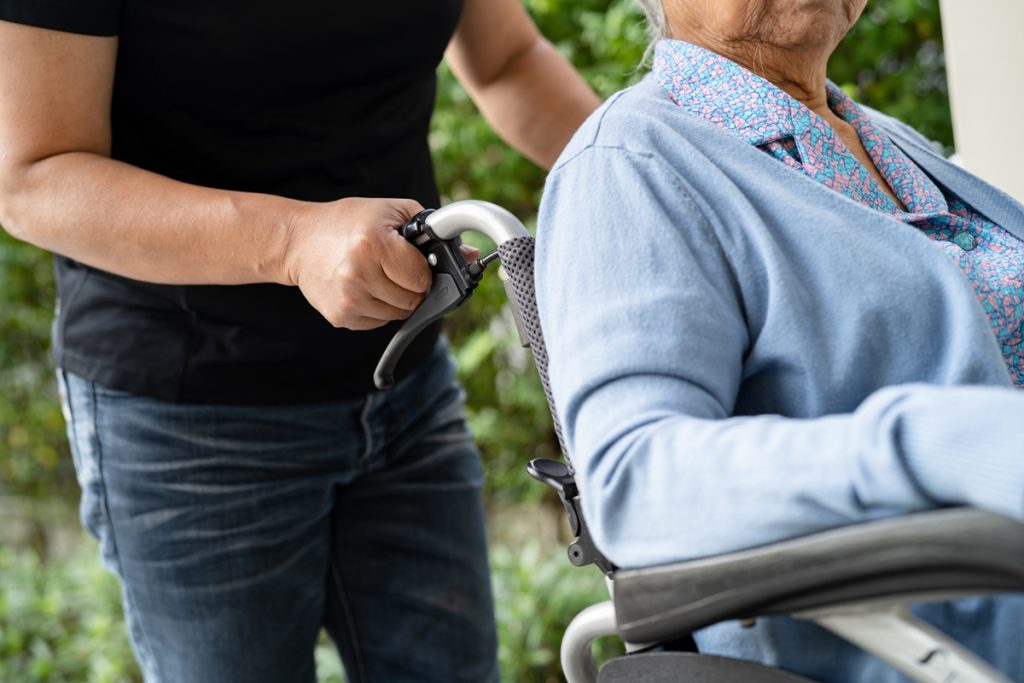2023 Home Safety Assessments And Evaluations
As we age, there is no doubt in our hearts we feel young. And although being young at heart is wonderful, this ethereal feeling is no match for the ever-changing state of our bodies and the status of our health.
The changes that take place with our health that can dramatically affect our ability to navigate our home environment safely. Although falls are not necessarily a part of aging, 40% of nursing home admissions are due to slip and fall accidents. These accidents can affect the course of our ability to be independent and live quality lives at home.
Of course, walking around in bubble wrap to keep from falling in your home is not a doable solution – it’s hot, unsightly, and frankly not a fashion stopper. Many individuals elect to do nothing, feeling invincible. This denial can lead to unexpected accidents, which then brings you into crisis mode. However, seeking preventative solutions in advance of a potential crisis, is the best way to stay safe while aging at home. Intervention IS prevention.
At the top of your list should be a home safety assessment. The American and British Geriatric Societies report, “Multi-factorial risk assessment and intervention strategies are effective in decreasing the rates of falls and have a similar risk reduction to that of other prevention measures such as statins for cardiovascular disease”.
What can I expect from a home safety assessment? Who will evaluate my environment? What happens following the assessment?
Our physical therapist provides a home safety assessment. During the assessment, not only will you be evaluated navigating your home environment, but the environment itself will be evaluated for safety hazards in a variety of rooms – including the bathroom, where falls occur most frequently in the home.
The therapist will make clinical recommendations based on your individual diagnosis or physical limitations to ensure optimal fall prevention safety outcomes, customized for you in your space.
We complete the process by providing and clinically installing all needed items. We provide a warranty for all of our products and services, and we are licensed, bonded and insured.
You may not have concerns about falling now, but denying that it’s a possibility puts you at greater risk. Once injuries occur from falls, often there is no turning back. Protect your health, independence and future, scheduled your clinically guided home safety assessment.
A home safety assessment is a process of evaluating your home to identify and eliminate potential hazards. It is usually performed by a licensed health-care professional, such as an occupational therapist or medical social worker. The assessment will typically cover the following areas:
- Fall hazards: This includes things like uneven flooring, loose rugs, and poor lighting.
- Fire hazards: This includes things like faulty electrical wiring, blocked fire exits, and flammable materials.
- Poisoning hazards: This includes things like medications, cleaning products, and poisonous plants.
- Drowning hazards: This includes things like pools, hot tubs, and bathtubs.
- Unsafe appliances: This includes things like malfunctioning stoves, refrigerators, and ovens.
- Accessibility issues: This includes things like narrow doorways, high countertops, and steps without handrails.
The home safety assessor will use a checklist to assess your home and will make recommendations for making it safer. These recommendations may include things like installing grab bars, removing clutter, and fixing faulty electrical wiring.
Here are some of the steps involved in a home safety assessment:
- The assessor will introduce themselves and explain the purpose of the assessment.
- They will ask you about your health and any specific concerns you have about your home safety.
- They will walk around your home and look for potential hazards.
- They will make recommendations for making your home safer.
- They will provide you with information on how to implement the recommendations.
A home safety assessment can be a valuable tool for preventing injuries and accidents. If you are concerned about the safety of your home, I recommend getting a home safety assessment.
How Often Should You Have A Home Safety Assessment?
- Ask your doctor or other healthcare provider for a referral.
- Check with your local government or aging services agency to see if they offer free or low-cost home safety assessments.
- You can also hire a private home safety assessor.
The cost of a home safety assessment will vary depending on the size of your home and the complexity of the assessment. However, it is a worthwhile investment to help keep you and your family safe.
The frequency of home safety assessments depends on a number of factors, including your age, health, and living situation. However, a good rule of thumb is to have a home safety assessment every 2-3 years.
If you are elderly or have a disability, you may need to have a home safety assessment more often. This is because you are more likely to be at risk of falls, injuries, and other accidents.
If you have recently made any changes to your home, such as adding new furniture or appliances, you should also have a home safety assessment. This is to ensure that the changes do not create any new hazards.
Even if you are young and healthy, it is a good idea to have a home safety assessment every few years. This is because hazards can develop over time, even if you are not aware of them.
Here are some signs that you may need a home safety assessment:
- You have fallen or had an accident in your home.
- You have difficulty walking or moving around.
- You have vision or hearing problems.
- You have difficulty using stairs or getting in and out of bathtubs or showers.
- You have young children or pets.
- You have recently made changes to your home.
Who Performs Home Safety Assessments?
There are a number of professionals who can perform home safety assessments, including:
- Occupational therapists: Occupational therapists are trained to assess the safety of homes for people with disabilities or mobility issues. They can identify hazards and make recommendations for modifications to make the home more accessible and safe.
- Certified Safety Professionals (CSPs): CSPs are professionals who have been certified by the National Safety Council to perform home safety assessments. They have a wide range of knowledge and experience in identifying and eliminating hazards in the home.
- Home inspectors: Home inspectors are typically licensed and insured professionals who inspect homes for a variety of issues, including safety hazards. They can provide you with a comprehensive assessment of your home’s safety.
- Aging services agencies: Many aging services agencies offer home safety assessments to older adults and their caregivers. These agencies can provide you with free or low-cost assessments and can help you make modifications to your home to make it safer.
- Insurance companies: Some insurance companies offer home safety assessments as a free service to their customers. These assessments can help you identify hazards that could increase your risk of a claim.
If you are interested in getting a home safety assessment, I recommend contacting a few different professionals to get quotes and compare their services. You should also ask about their experience and qualifications.
Here are some additional things to keep in mind when choosing a home safety assessor:
- Make sure the assessor is qualified and experienced.
- Ask about the assessor’s fees and what is included in the assessment.
- Get everything in writing, including the assessor’s findings and recommendations.
- Be prepared to make some changes to your home based on the assessor’s recommendations.
What Happens Following A Home Safety Assessment?
Following a home safety assessment, the assessor will provide you with a written report that includes their findings and recommendations. The report will typically be divided into two sections:
- The first section will list the hazards that were identified during the assessment.
- The second section will list the recommendations for making your home safer.
The recommendations may include things like:
- Installing grab bars in bathrooms and near stairways.
- Removing clutter from walkways and stairs.
- Replacing old or faulty electrical wiring.
- Installing smoke alarms and carbon monoxide detectors.
- Making modifications to your home to make it more accessible for people with disabilities.
The assessor may also be able to provide you with resources to help you implement the recommendations. These resources may include:
- Lists of contractors who can make the necessary modifications to your home.
- Financial assistance programs that can help you pay for the modifications.
- Information on how to get help from family and friends.
It is important to note that the recommendations in the report are just that – recommendations. You are free to accept or reject any of the recommendations. However, it is important to weigh the risks and benefits of each recommendation before making a decision.
If you decide to implement the recommendations, the assessor may be able to help you get started. They may be able to provide you with specific instructions or connect you with a contractor who can make the necessary modifications.
It is also important to remember that a home safety assessment is just a snapshot in time. The hazards in your home can change over time, so it is important to have your home reassessed periodically. This will help you identify any new hazards and make sure that your home remains safe.
Here are some additional tips for following up on a home safety assessment:
- Read the report carefully and make sure you understand the findings and recommendations.
- Talk to the assessor about any questions you have.
- Get started on implementing the recommendations as soon as possible.
- Schedule a follow-up assessment in 1-2 years to make sure that the recommendations have been implemented and that your home is still safe.
Related Posts




